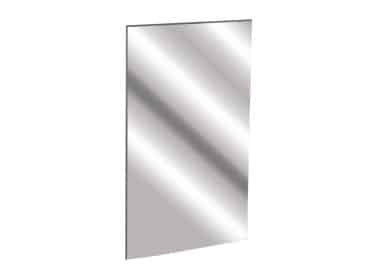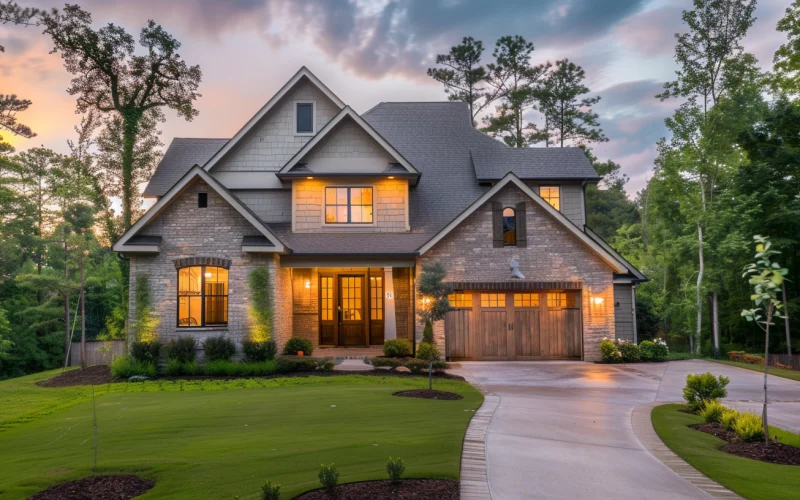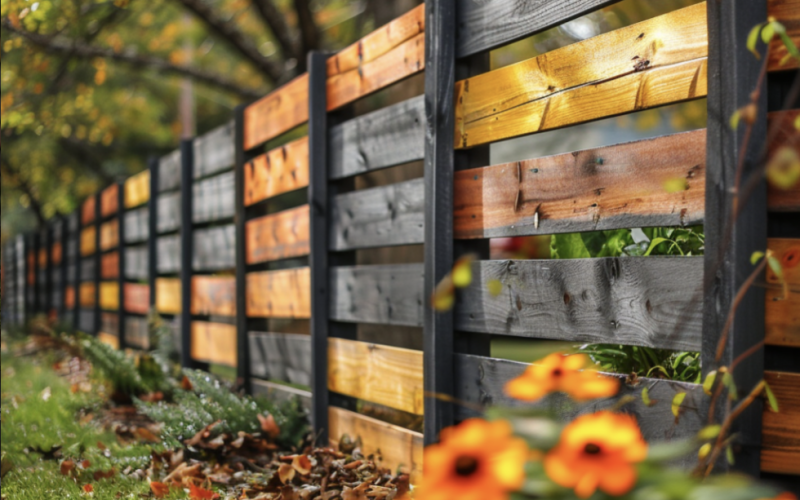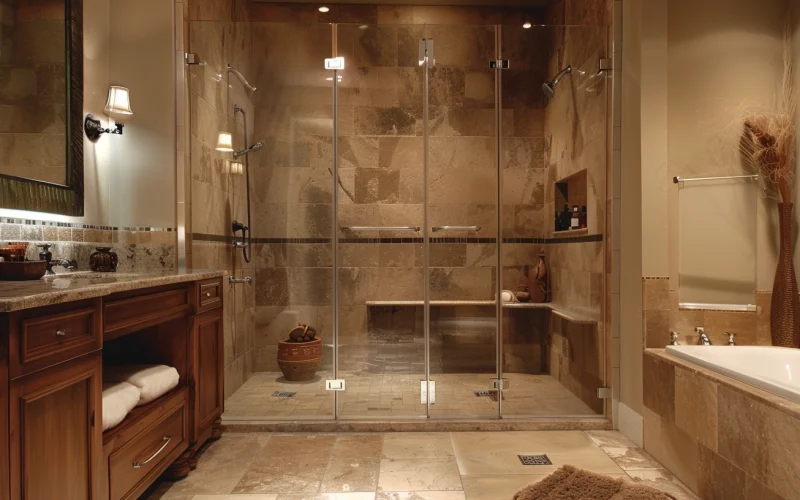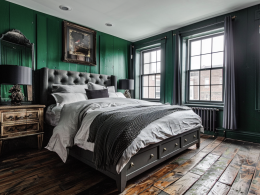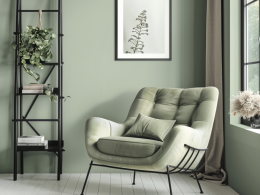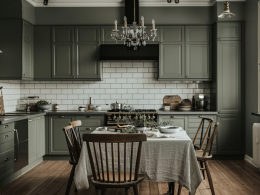Selecting the right colors for your home is a crucial decision that can significantly impact the overall ambiance and atmosphere.
Colors have the power to evoke emotions, create moods, and define the character of a space.
Among the vast palette of hues, tan house colors have emerged as a popular choice for many homeowners, offering a warm, inviting, and timeless aesthetic.
In this blog post, we will explore the art of choosing the perfect tan house colors and how to harmoniously incorporate them into your home’s interior and exterior design.
Understanding Color Theory
Colors are not just visual elements; they can influence our emotions and perceptions.
The color wheel is a fundamental tool that helps us understand the relationships between different hues.
Complementary colors, opposite each other on the wheel, create a vibrant contrast when used together.
Warm colors like reds, oranges, and yellows evoke energy and excitement, while cool colors like blues and greens tend to have a calming effect.
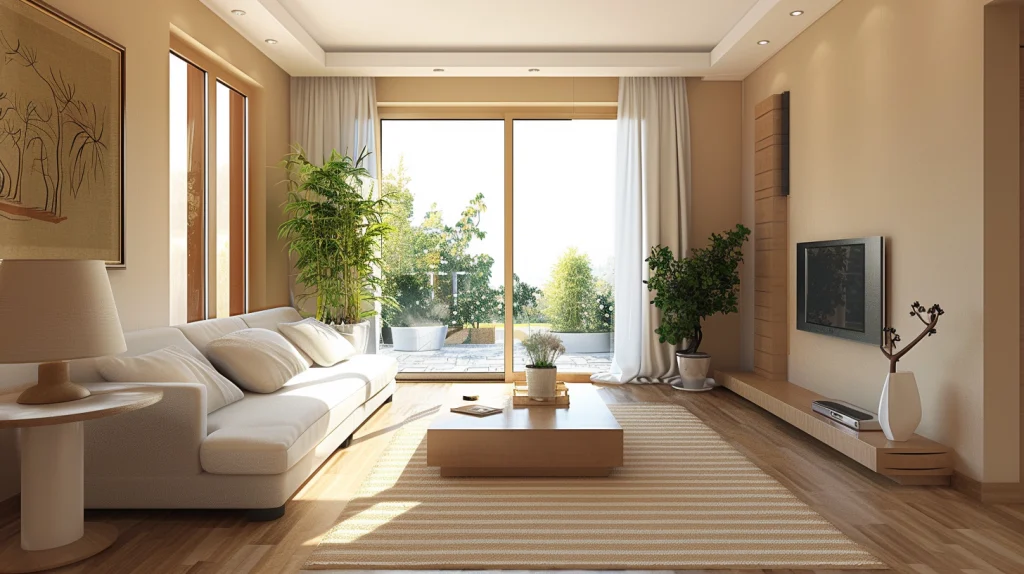
1. Tan House Colors
Tan is a versatile, neutral shade within the warm color spectrum. It combines brown and beige, often described as a muted or earthy tone.
Tan house colors range from light, creamy hues to rich, deep shades.
The beauty of tan lies in its ability to create a sense of warmth and comfort, making it an ideal choice for interior and exterior home design.
2. Choosing the Perfect Tan House Colors
When selecting tan house colors, it’s essential to consider the architectural style of your home.
For instance, a traditional or craftsman-style home may benefit from deeper, more saturated tan shades, while a modern or contemporary home may look best with lighter, more subdued tan tones.
Analyzing the existing color scheme and determining the desired mood and atmosphere are crucial factors in making the right choice.
3. Complementary Colors for Tan
Pairing tan with complementary colors is a smart approach to creating depth and interest.
Earthy tones like greens, browns, and blues can create a harmonious and natural color palette.
For a bolder look, accent colors like reds, yellows, oranges can add vibrancy and contrast to the tan base.
The key is to strike the right balance and ensure that the complementary colors enhance the warmth and richness of the tan hues.
4. Applying Tan House Colors
Tan house colors can be incorporated into your home’s exterior and interior.
For the exterior, consider painting the trim, siding, or doors in a tan shade that complements the architectural style.
Inside, tan can be used on walls, ceilings, or woodwork to create a cozy and inviting atmosphere.
Additionally, decorative accents like throw pillows, rugs, and curtains can introduce tan elements into your living spaces.
Factors to Consider in Selecting the Perfect Colors
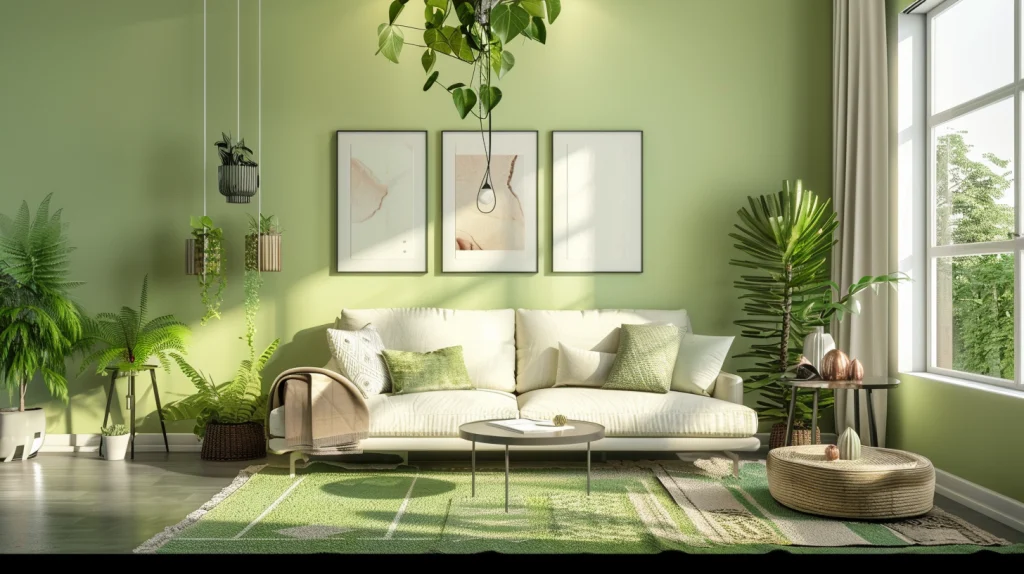
Selecting the perfect colors for your home can be fun and rewarding. Here are some tips to help you choose the right colors:
- Consider the mood: Different colors evoke different emotions. For example, blues and greens tend to be calming, while reds and oranges are energizing. Think about the mood you want to create in each room.
- Take inspiration from your furniture and decor: Look at the colors in your existing furniture, artwork, and decor for inspiration. In your color scheme, you can either complement or contrast these colors.
- Use the color wheel: The color wheel can help you choose colors that work well together. Analogous colors (colors next to each other on the wheel) create a harmonious look, while complementary colors (opposite each other) create a bold, dynamic look.
- Consider the room’s function: A room’s function can guide your color choices. For example, a bedroom should have calming, restful colors, while a home office can have more energizing colors to boost productivity.
- Test your colors: Before committing to a color, test it in the room. Paint large swatches on the wall or use large color samples to see how the color looks in different lighting throughout the day.
- Don’t forget neutral colors: Neutral colors like white, beige, and gray are versatile and can serve as a backdrop for bolder accent colors. They can also help create a sense of space in smaller rooms.
- Use the 60-30-10 rule: A classic decorating rule uses 60% of a dominant color, 30% of a secondary color, and 10% of an accent color in a room.
- Consider the flow of your home: Think about how colors will flow from room to room. You don’t want jarring transitions, so consider using colors that complement each other in adjacent rooms.
Remember, your chosen colors should reflect your style and make you feel happy and comfortable in your home.
Additional Tips and Considerations:
When selecting tan house colors, it’s important to consider the lighting conditions in your home.
Natural light can greatly influence the appearance of colors, so be sure to view potential shades under various lighting scenarios.
Personal preferences also significantly influence color selection, as individual tastes vary greatly.
Finally, consider your chosen colors’ resale value and appeal if you plan to sell your home.
Conclusion
Embracing tan house colors in your home design can create a warm, inviting, and timeless atmosphere.
Understanding color theory, exploring different shades of tan, and carefully considering complementary colors can help you craft a cohesive and visually appealing color palette.
Whether you incorporate tan house colors into your exterior or interior design, the key is to find the right balance and allow these earthy tones to enhance the character and ambiance of your living spaces.
Experiment with tan house colors, and let their versatility and timeless appeal guide you in creating a home that truly reflects your style and preferences.




